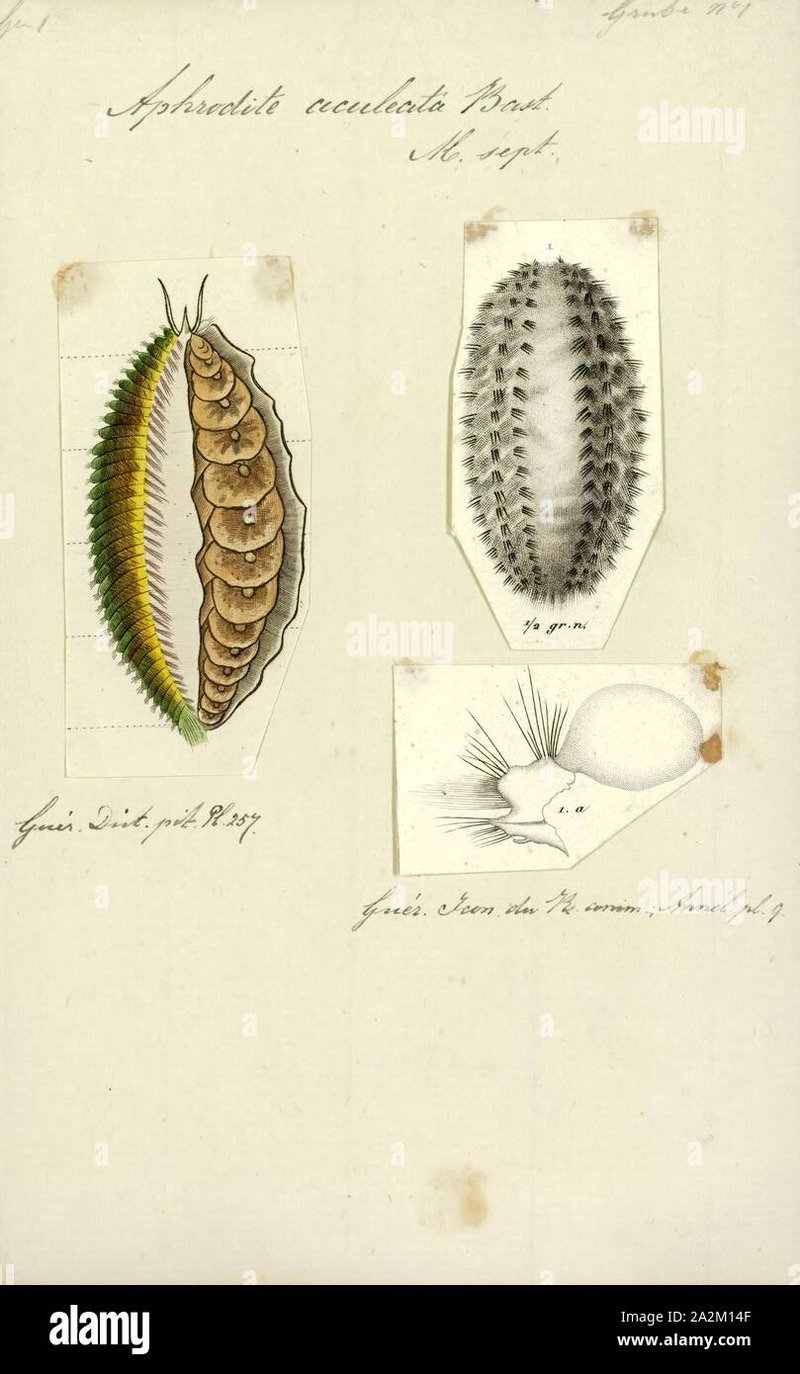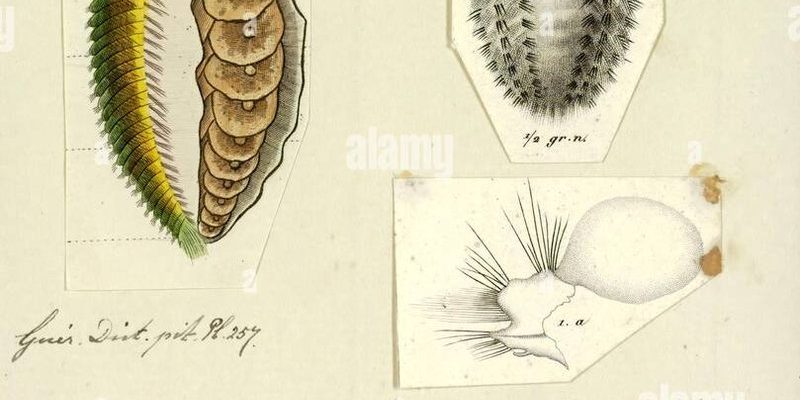
If you’ve ever wondered how to spot one of these captivating animals in its natural environment, you’re in the right place. This guide will walk you through identifying an Aphrodite aculeata, helping you appreciate it while respecting its habitat. So grab your metaphorical diving gear, and let’s dive deep into the world of this remarkable marine organism!
What Is The Aphrodite Aculeata?
Before we jump into identifying this little marvel, let’s get familiar with what it really is. The Aphrodite aculeata is a type of polychaete worm found mostly in sandy or muddy bottoms of coastal waters. Think of it as an underwater caterpillar, dressed in a coat of bristles. These bristles, or chaetae, serve a purpose—they help the worm move through its environment and also offer some protection against predators.
You’ll find these creatures hanging out in shallow waters, often buried in the substrate, making them tricky to spot. They typically reach about 10 to 15 centimeters long. The body of the Aphrodite aculeata is segmented, giving it a distinct appearance, with the front part being a bit wider than the back. If you can picture a tiny fluffy mouse, but underwater—well, you’re getting close!
Characteristics of the Aphrodite Aculeata
Identifying the Aphrodite aculeata involves looking for specific characteristics that make it stand out among its marine friends. Here’s what to keep an eye out for:
- Brushed Bristles: The most striking feature is its long bristles, which come in various colors, usually ranging from greens to blues. These bristles are fluffy and help the worm move in the water.
- Segmented Body: The body is made up of multiple segments, which can help you distinguish it from other worms. Each segment has a similar number of bristles and resembles a tiny piece of a caterpillar.
- Size: As mentioned earlier, these creatures can grow up to 15 centimeters long. If you’re in shallow waters, keep an eye out for anything that looks like a furry log on the sea floor.
Be sure to use a snorkel or a mask, if you can, to get a closer glimpse. The more you observe, the better you’ll become at spotting them!
Habitat and Behavior
Finding the Aphrodite aculeata is all about knowing where it lives. These worms prefer environments where they can bury themselves in soft, sandy or muddy substrates. You might find them near:
- Coastal Waters: Shallow coastal areas are the best places to look. Think of tide pools or the edges of beaches—these are prime locations.
- Rocky Shores: Sometimes, you might have luck in rocky areas where sand collects, allowing them to hide.
The Aphrodite aculeata is typically nocturnal, meaning they might be more active at night. During the day, they tend to stay hidden, burrowed into the sand. If you want to see one in action, consider going for a swim during dawn or dusk!
How to Spot an Aphrodite Aculeata
Now that you know what to look for and where to find them, let’s dive into the best ways to spot an Aphrodite aculeata. Here’s how to approach it:
1. Choose Your Spot: Head to shallow coastal waters or sandy bottoms. Areas sheltered from strong waves are better for visibility.
2. Look Carefully: Glide your hand just above the sand and feel for any movements. The way they wiggle can help you identify them even before you see the bristles.
3. Observe the Surroundings: Check for other marine life. If you see small fish or crabs, it’s likely there’s a diverse ecosystem nearby where Aphrodite aculeata can thrive.
4. Time Your Search: Remember, they might be more hidden during the day. If you go at dawn or dusk, your chances of spotting one increase.
Finding these creatures isn’t just about luck; it’s about being patient and observant. If you miss one, don’t get discouraged!
Why Identifying Aphrodite Aculeata Matters
You might be wondering why it’s essential to learn about this particular species. Understanding and identifying the Aphrodite aculeata contributes to a broader appreciation of marine biodiversity. Here are a few reasons why this matters:
– Ecosystem Balance: Each creature, no matter how small, plays a role in their ecosystem. Aphrodite aculeata helps aerate the sediment and serves as a food source for other animals.
– Conservation Awareness: By knowing how to identify these worms, you can keep a lookout for their habitats. Protecting coastal environments from pollution and development becomes increasingly important as we recognize the beauty and significance of marine creatures.
– Connection to Nature: Becoming familiar with marine life can help develop a deeper connection to our oceans. It encourages people to care for these environments, instilling a desire to protect them.
Tools for Identifying and Observing
As you venture into the waters to spot an Aphrodite aculeata, having the right tools can make all the difference. Here’s what you might consider bringing along for a more enriching experience:
- Snorkel Gear: This will keep you submerged comfortably without disturbing the sand too much.
- Underwater Camera: Capture the beauty of the Aphrodite aculeata in its habitat. It’s a great way to document your findings!
- Field Guide: A marine life guidebook can help you identify not just the Aphrodite aculeata, but other amazing creatures you might encounter.
These tools can enhance your adventure, turning a simple outing into a learning experience.
Spotting an Aphrodite aculeata in its natural habitat can be an exhilarating experience. It opens a window into the underwater world, where every little creature adds to the beauty and complexity of marine life. By knowing what to look for, where to find them, and why they matter, you’re not just observing; you’re becoming part of a larger conversation about conservation and appreciation for nature.
So, next time you hit the beach or explore coastal waters, keep your eyes peeled for the furry little sea mouse. And remember, the ocean is full of wonders waiting to be discovered!

